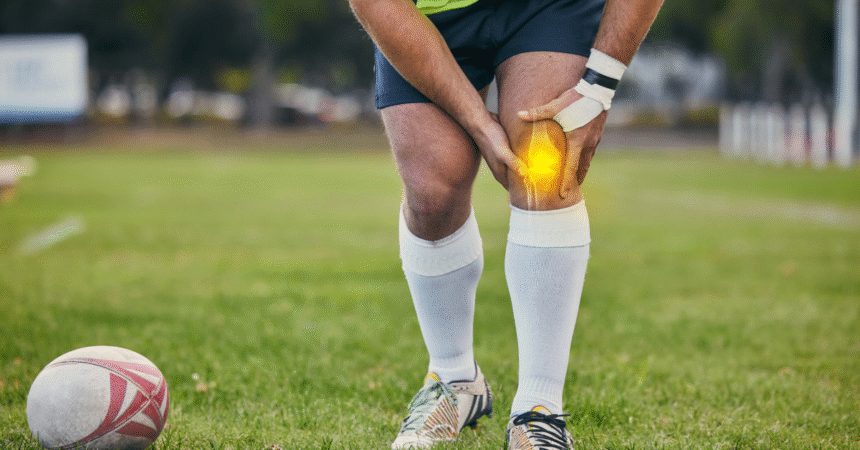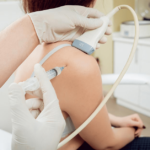Sports injuries can disrupt athletic performance and daily activities. Traditional treatment approaches often focus on managing symptoms through rest, physical therapy, and sometimes surgical intervention. Regenerative sports medicine offers an alternative approach that aims to support the body’s natural healing processes. Understanding the key benefits of regenerative medicine can help athletes and active individuals make informed decisions about their treatment options following an injury.
Targets the Root Cause
Regenerative sports medicine approaches injuries by addressing underlying tissue damage rather than solely managing pain or inflammation. Traditional treatments often focus on symptom relief through medications, rest, or activity modification. While these methods can provide temporary comfort, they may not address the damaged tissues that caused the symptoms.
Regenerative treatments work with the body’s natural healing mechanisms. These therapies introduce biological materials that may support cellular repair processes at the injury site. The approach aims to help damaged tissues regenerate and restore function rather than simply masking discomfort.
This methodology can be particularly relevant for chronic injuries or conditions that have not responded well to conventional treatments. Athletes who experience recurring problems in the same area may benefit from treatments that target the underlying tissue quality and structure. The focus on tissue repair means that regenerative medicine may help restore normal function to injured areas. This differs from treatments that primarily manage symptoms while leaving damaged tissues unchanged.
Offers Minimally Invasive Options
Many regenerative medicine procedures require only minor interventions compared to traditional surgical approaches. These treatments typically involve injections or other outpatient procedures that can be completed in clinical settings without the need for hospital stays. The minimally invasive nature of these treatments means athletes can often return to their normal activities more quickly than with surgical interventions. Recovery times may be shorter, and the risk of complications associated with major surgical procedures is reduced.
Procedures such as platelet-rich plasma (PRP) injections or stem cell therapies involve drawing biological materials from the patient’s own body and reintroducing them at the injury site. This process typically takes a few hours and allows patients to return home the same day. The reduced invasiveness also means less disruption to surrounding healthy tissues. This can result in less post-treatment discomfort and a more straightforward recovery process for many patients.
Utilizes Natural Healing
Regenerative medicine harnesses materials already present in the human body to promote healing. This approach works with natural biological processes rather than introducing foreign substances or requiring extensive surgical reconstruction. Treatments often use the patient’s own blood components, bone marrow, or other tissues. This autologous approach means the body recognizes these materials as its own, which may reduce the risk of adverse reactions or rejection.
The body possesses remarkable healing capabilities that regenerative medicine aims to enhance and direct toward injured areas. By concentrating these natural healing factors, treatments may provide a more robust repair response than what occurs through normal healing alone. This biological approach aligns with the body’s existing repair mechanisms. The treatments work within established physiological processes, potentially supporting more complete tissue restoration and functional recovery.
Learn More About Sports Medicine
Regenerative sports medicine represents an evolving field with unique characteristics that differentiate it from traditional injury management approaches. The focus on tissue repair, minimally invasive procedures, and utilization of natural healing resources provides athletes with additional treatment options. Each treatment approach has its place in sports medicine, and the most appropriate choice depends on specific injury characteristics and individual patient factors. Regenerative medicine adds another tool to the treatment arsenal that may benefit certain athletes in their recovery journey.





